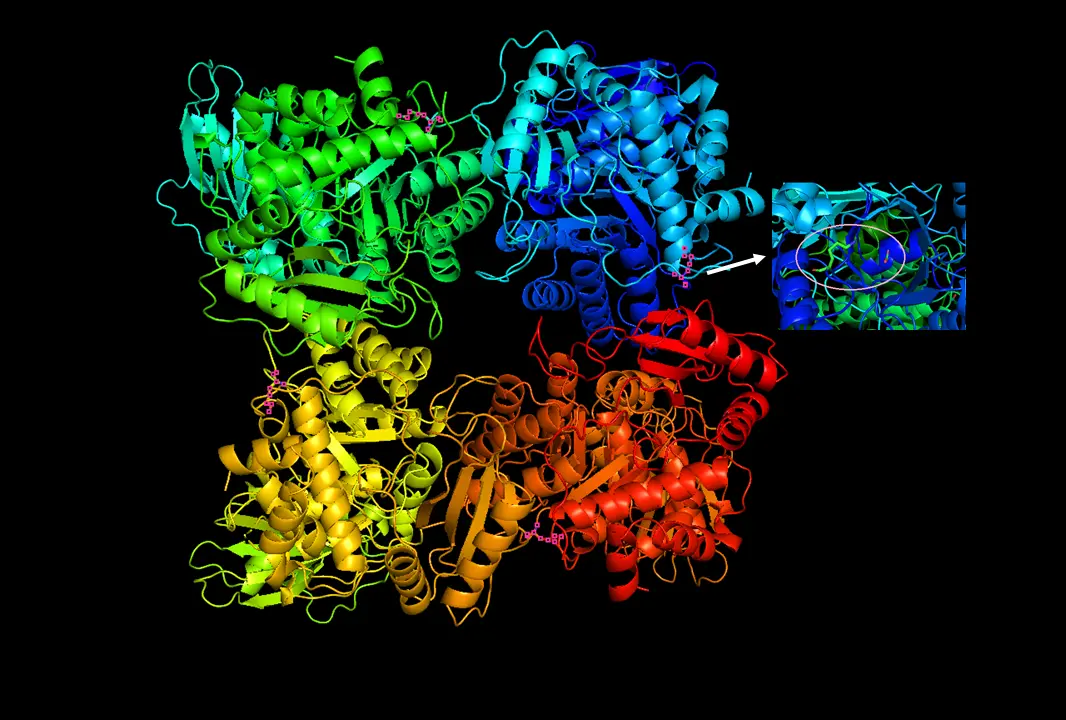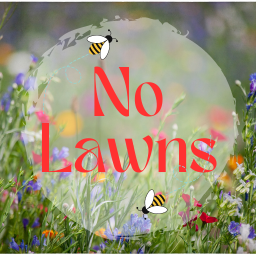

4 billion years of fixing inorganic carbon in the biosphere. Sometimes mistakes O2 for CO2. Not as fast as some enzymes, but very abundant. Here, have some phosphoglycerates about it.


To the depths of Jupiter, then.
Wouldn’t Jabba being ‘stupid as fuck’ and making erroneous claims about nature be the less convoluted answer here? Bioengineering, canon or not, sounds like the more complicated explanation.
Sarlac that lost the ability to grow ‘roots’ and instead worked out venom and energy storage (fat and muscle) would outcompete and supplant the sarlacs still producing energetically-expensive, overly-complicated stasis bellies.
What happens if they momentarily fail to keep their meals alive, do they starve or become poisoned by the rotting meat? Do they have issues keeping a varied diet alive? How do they maintain a net positive energy balance after producing all that is required to keep organisms alive? Why not stun them and stash them, like wasps and spiders? Why not fatten up like -gestures broadly at all life-. Fat requires very little maintenance.
Could one, in theory, rescue one’s friends were they trapped in a sarlac?
Sounds like an organism that would quickly be out of business were there any competition at all.
edit: How do they handle the waste produced by the meals-in-stasis?
Pretty impressive, but is he magnificent enough?
Oh dear, her departure says it all.


The godhead got bored and felt like playing hide-and-seek.
This sounds somewhat like the end of Fahrenheit 451.


https://www.youtube.com/watch?v=qoO0ZhzZT7g
CPBBD - Kill your lawn - Spiritual revitalization through slaughtering lawns
https://www.youtube.com/watch?v=e_FFrvOvArM
CPBBD - Reason #438 to kill your lawn - Turn your yard into a classroom


TONY! Love that man.
Join our goddamned cult. Kill Your Lawn. Create habitat and eradicate the bland. Create a native plant or a vegetable garden in your front yard. Killing your lawn and growing native plants is the best way to learn to identify the plants that USED to grow where you lived before the commercial automobile slum cesspool (trademark) was built. But most importantly, kill the lawn within yourself.
Even the video description is cool.
Cheers!

So when it helps out with a recipe, we won’t get a suggestion specifically for Elmer’s, but rather the IUPAC name for superglue?
Gotcha. Thanks! Do the points P, E, Y, U, and F stand for something or are the letters arbitrary?
Can a TI-84slinger explain this for us pipette-wielders?


https://en.wikipedia.org/wiki/Decline_in_insect_populations
TW: this entry can be hard to read.


Do you convert dead organic matter into fertile soil or pollinate flowers? They do. If insect populations were to vanish, so would humans. They perform too many vital functions that humans cannot.
Because Crake is saving it for some special project at Rejoov.